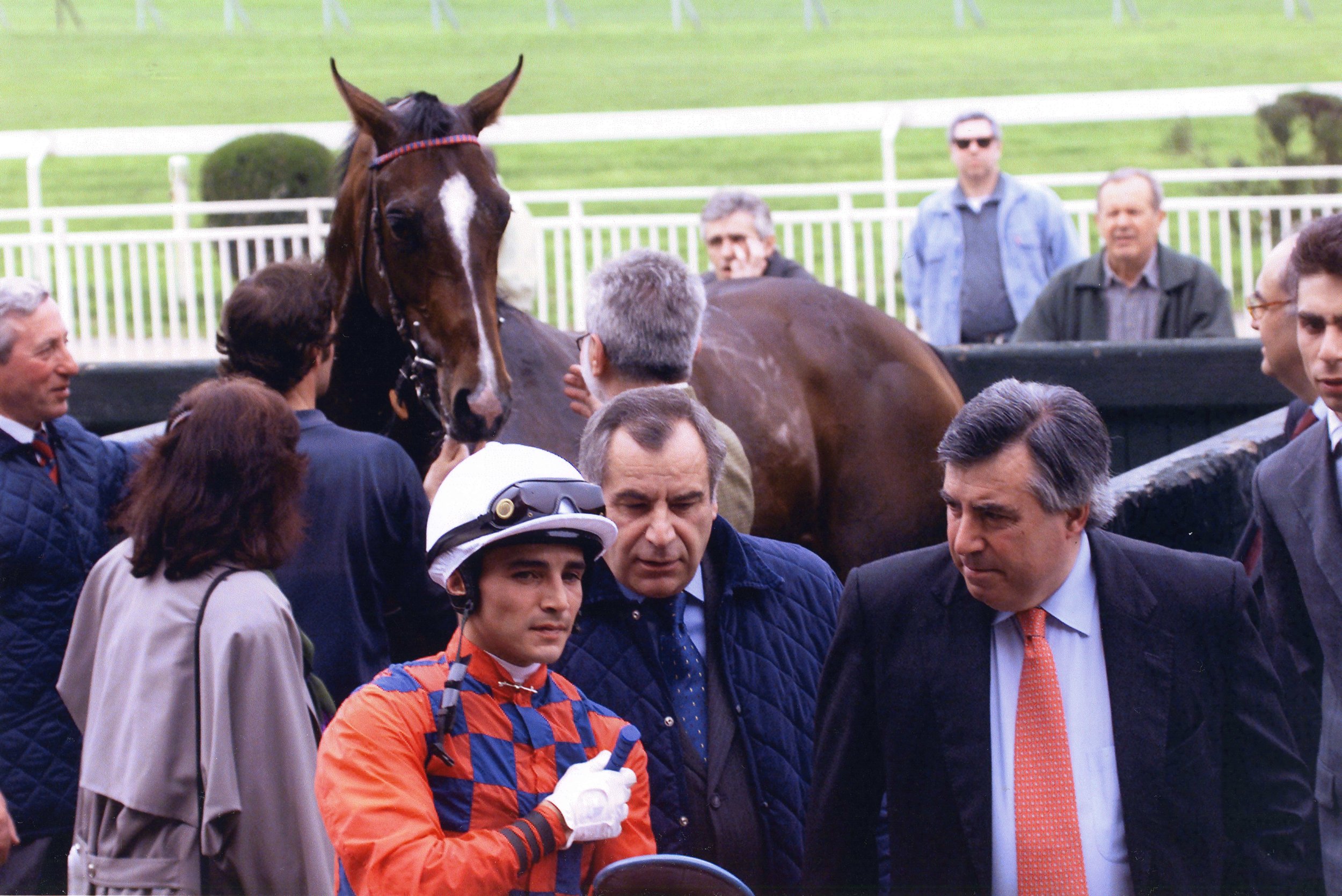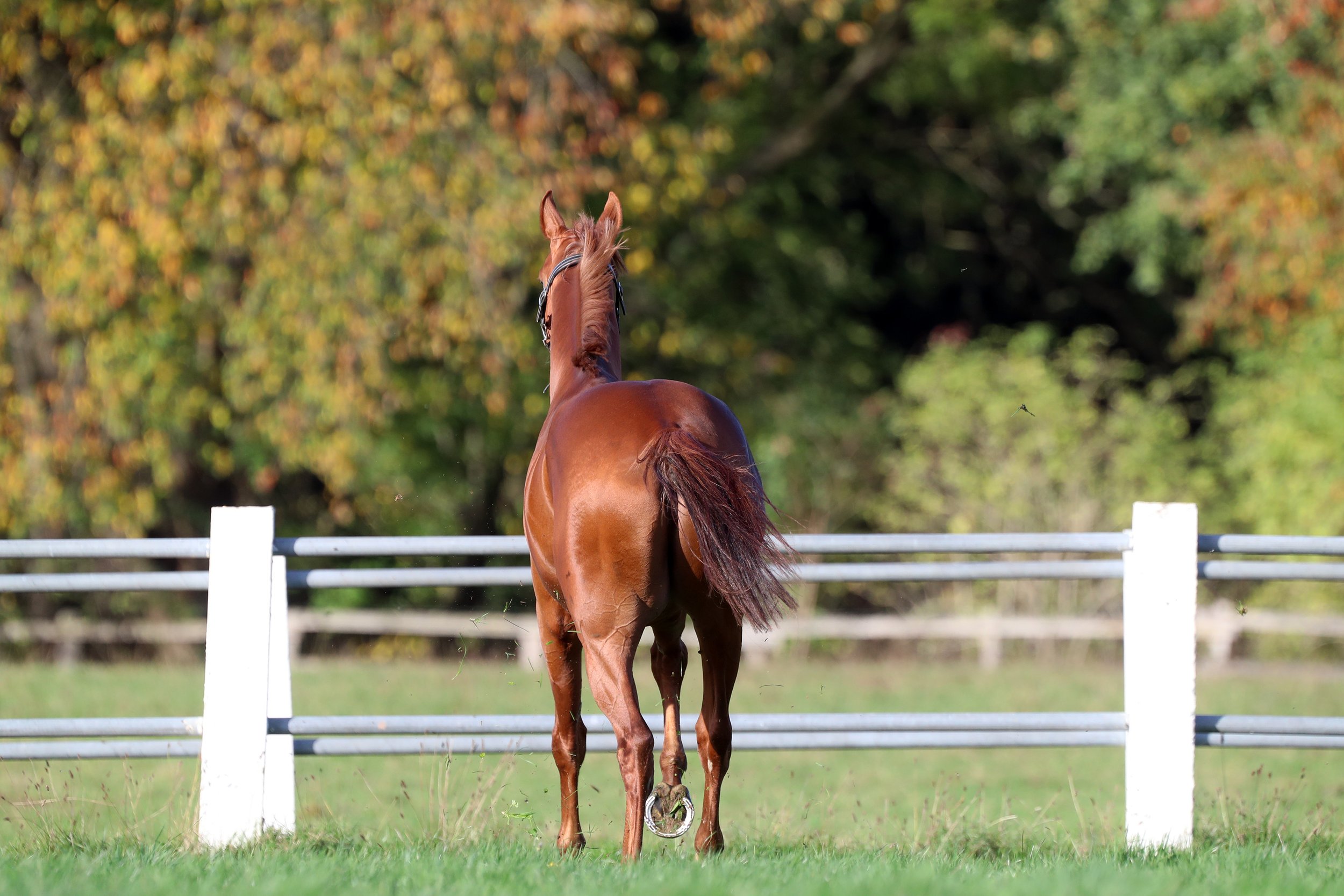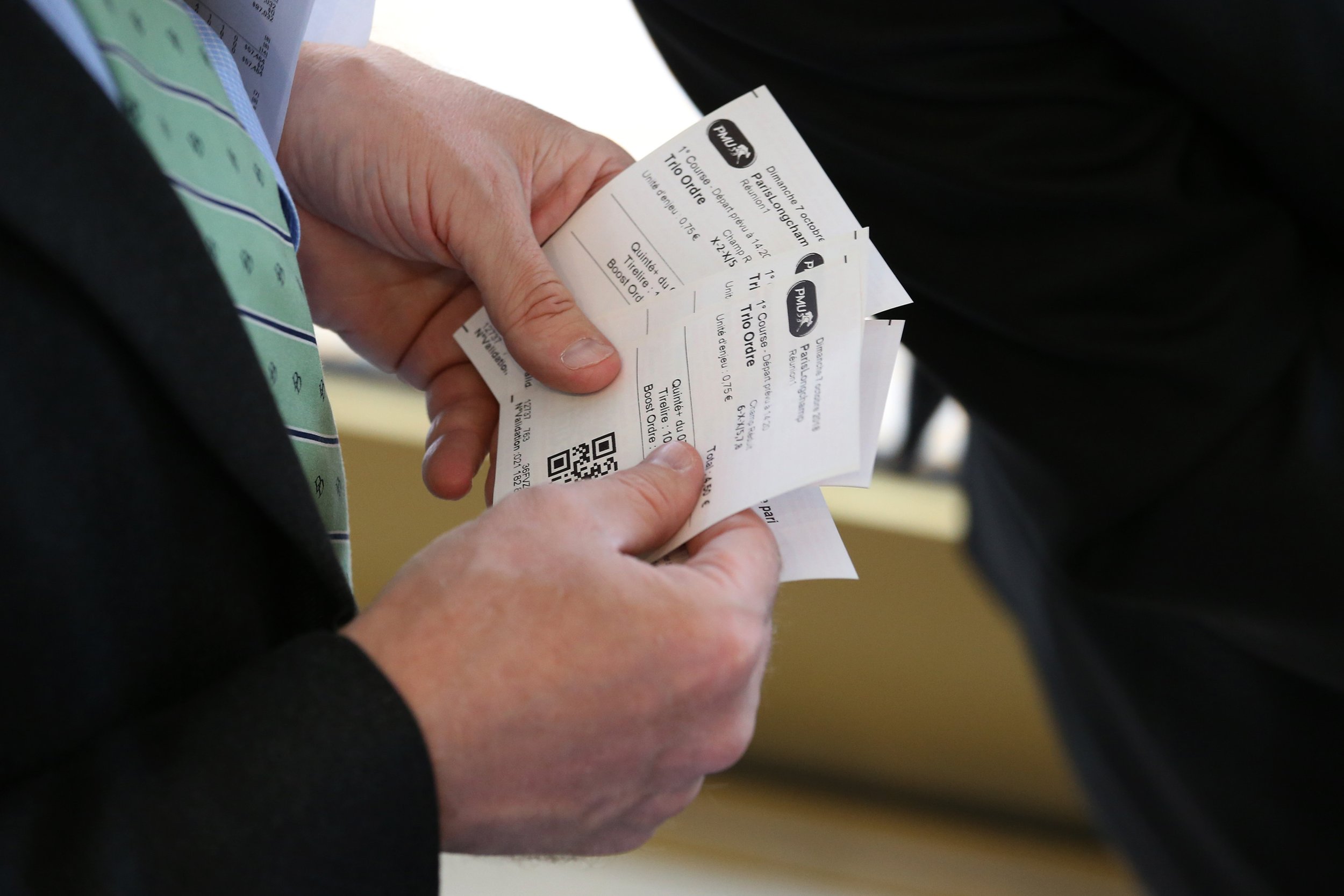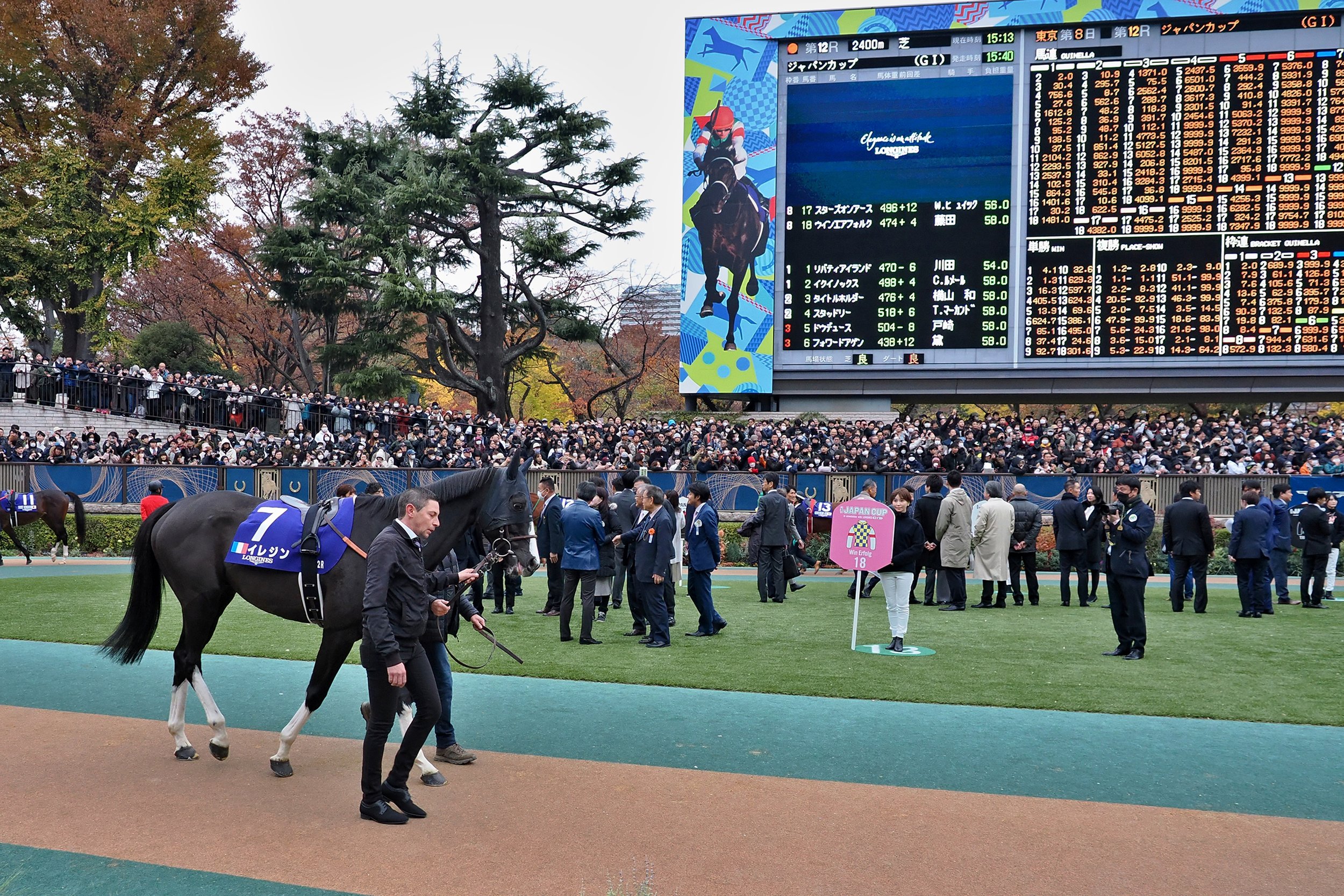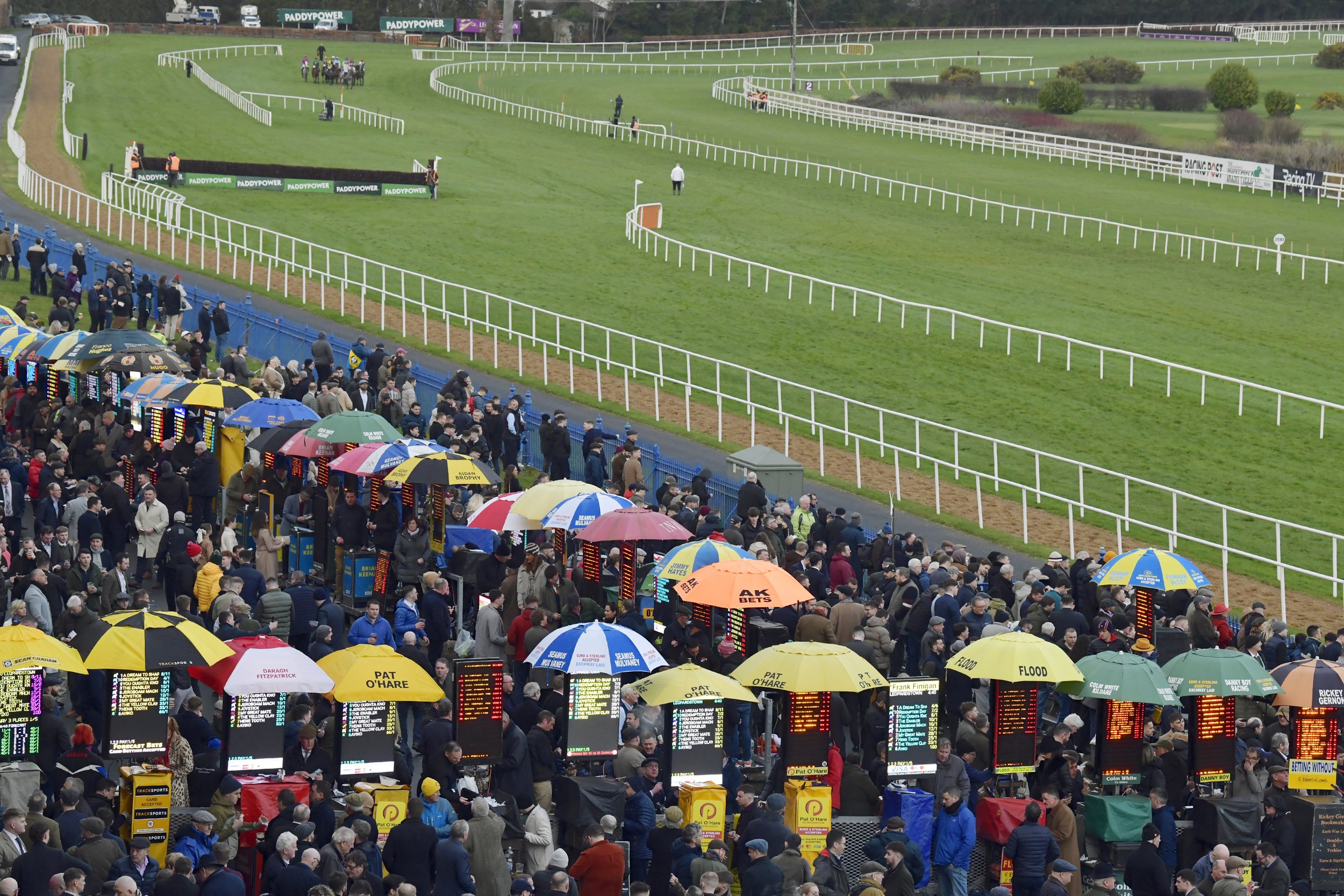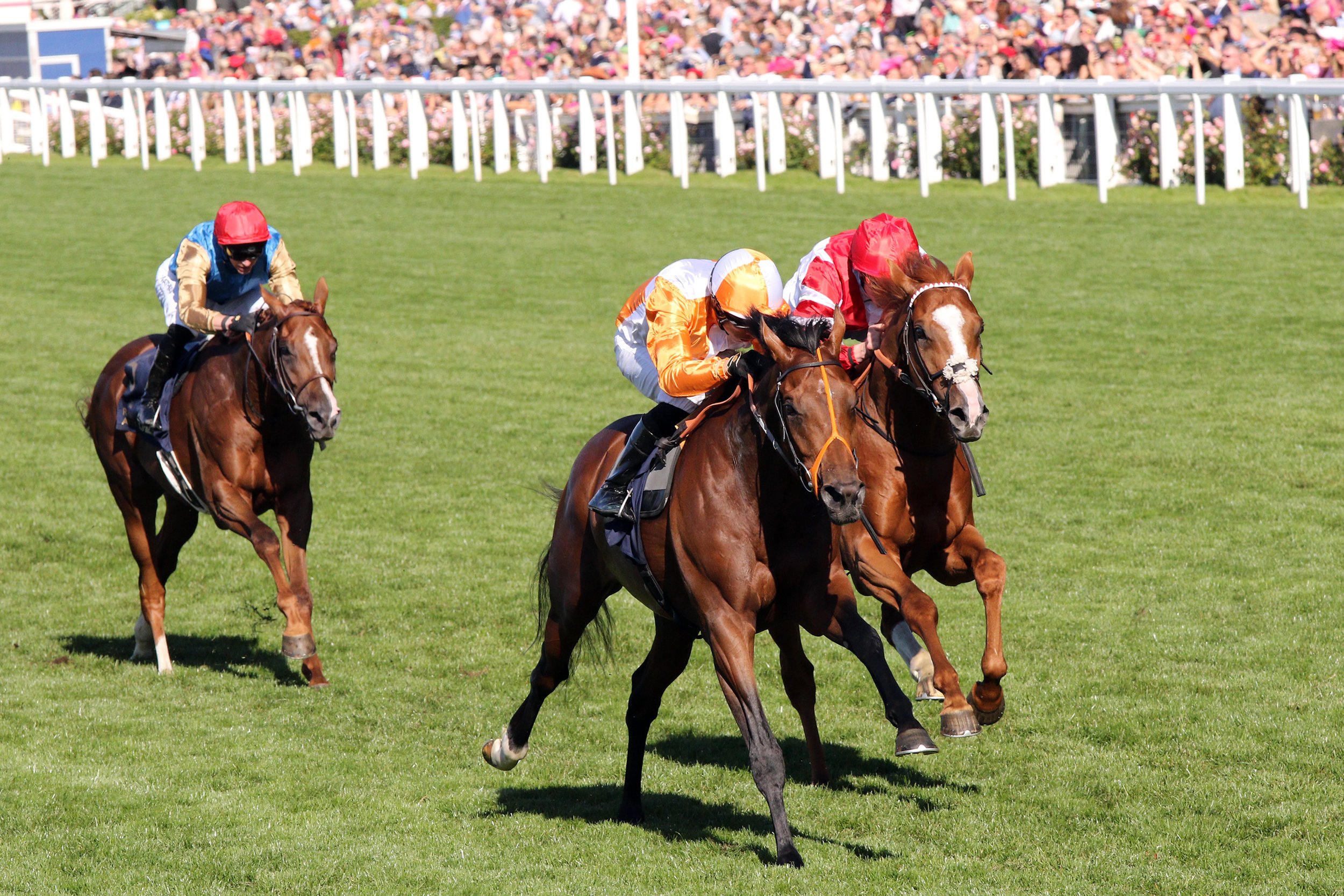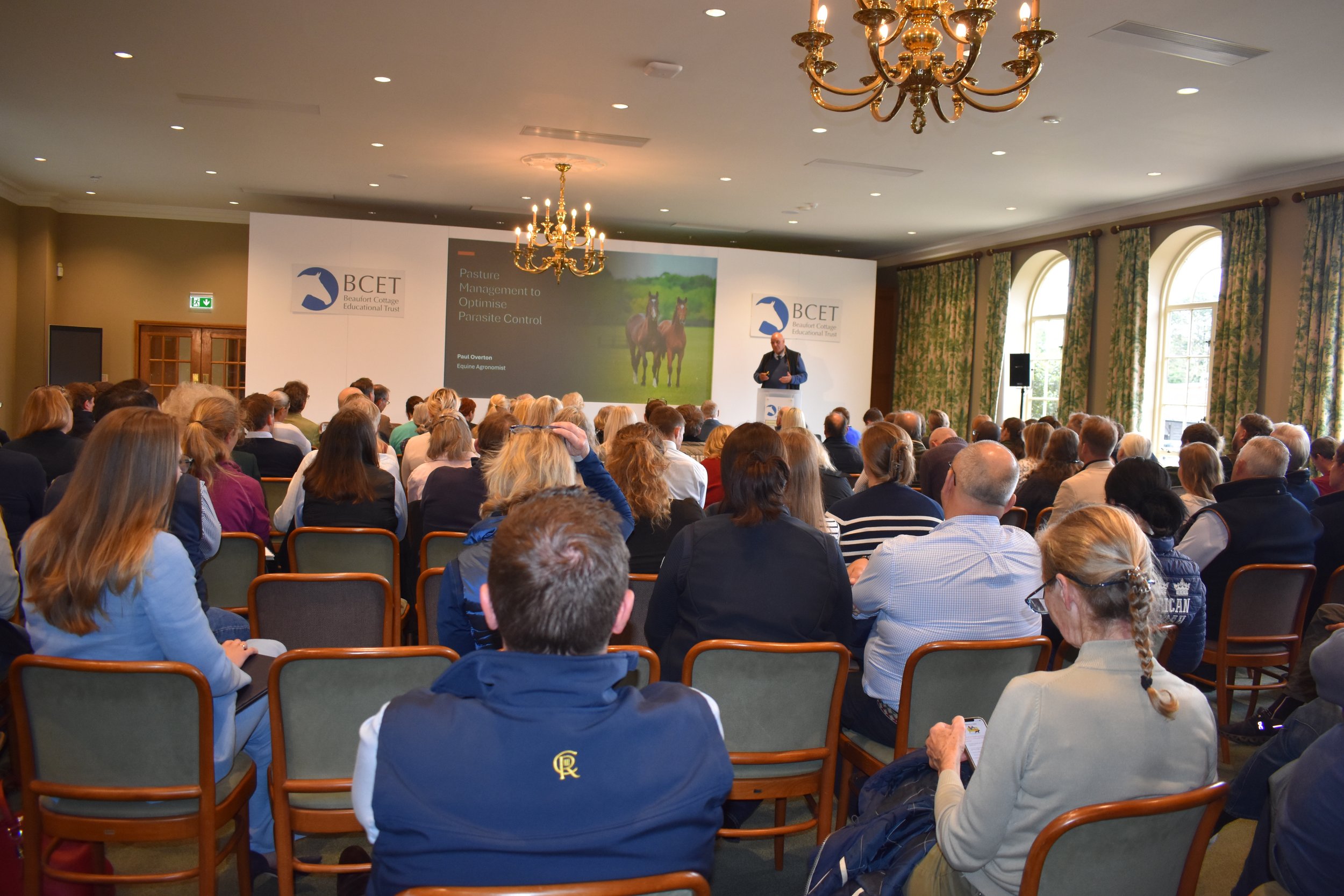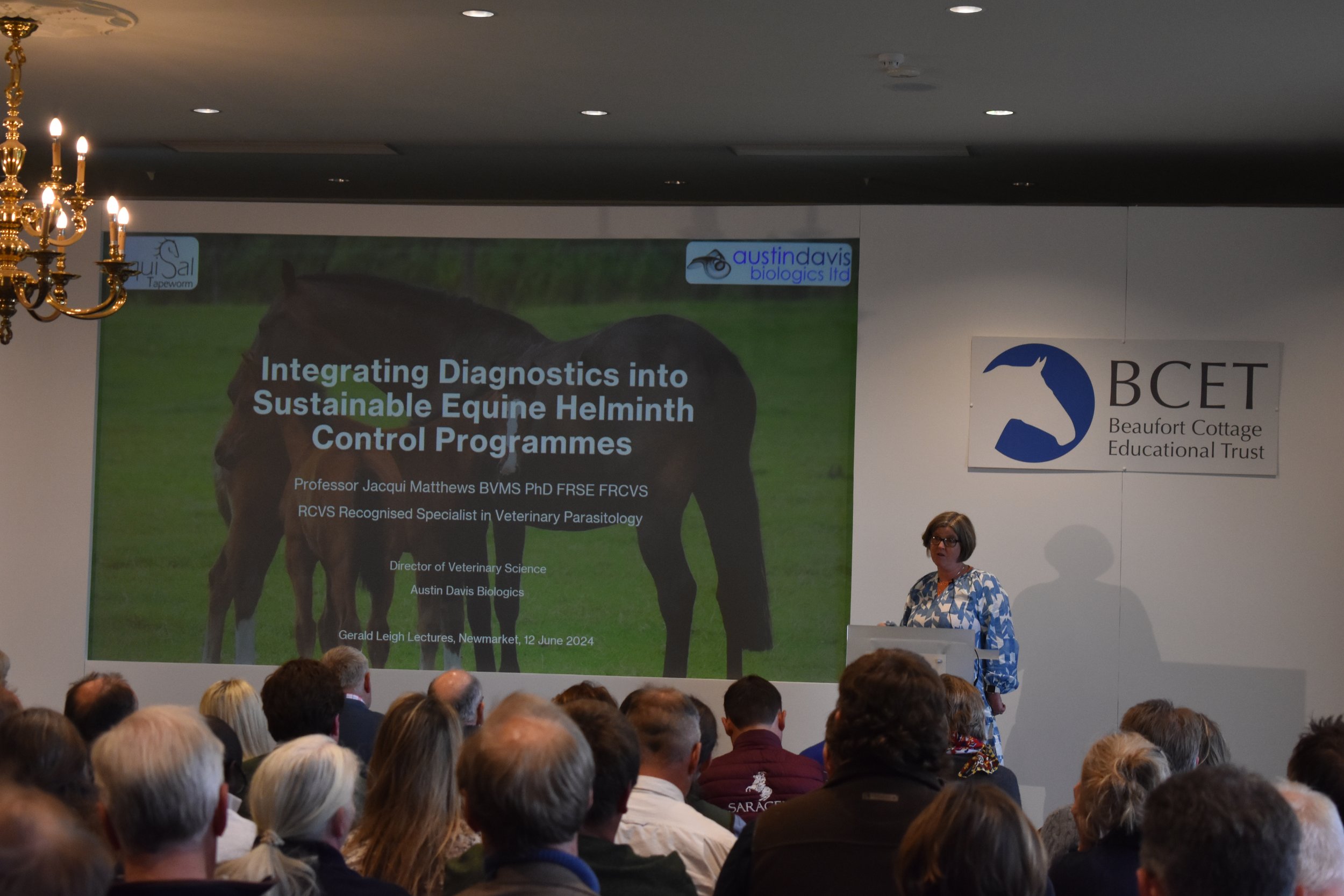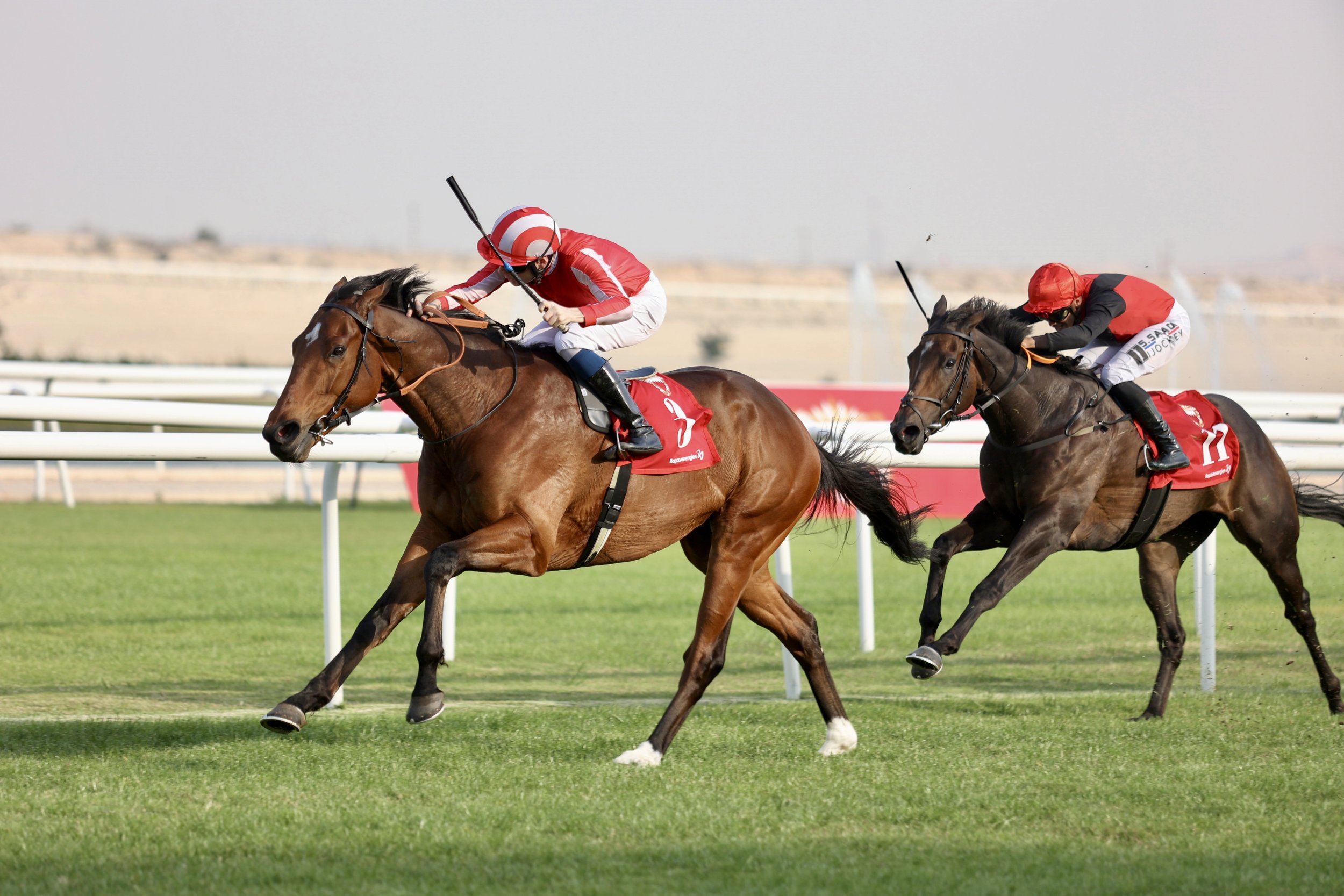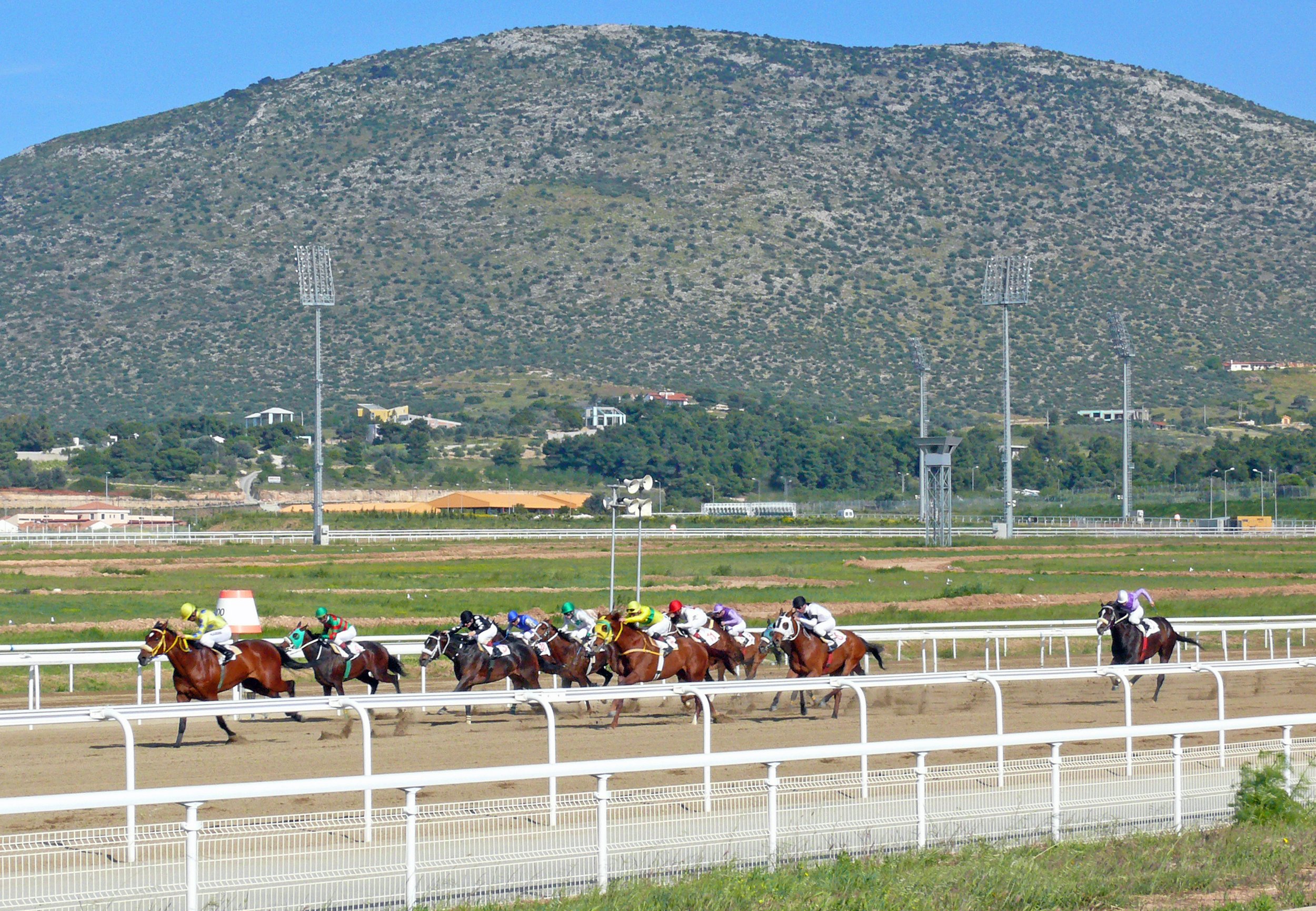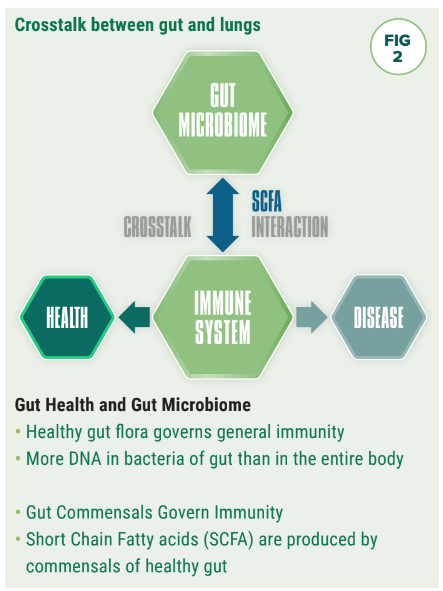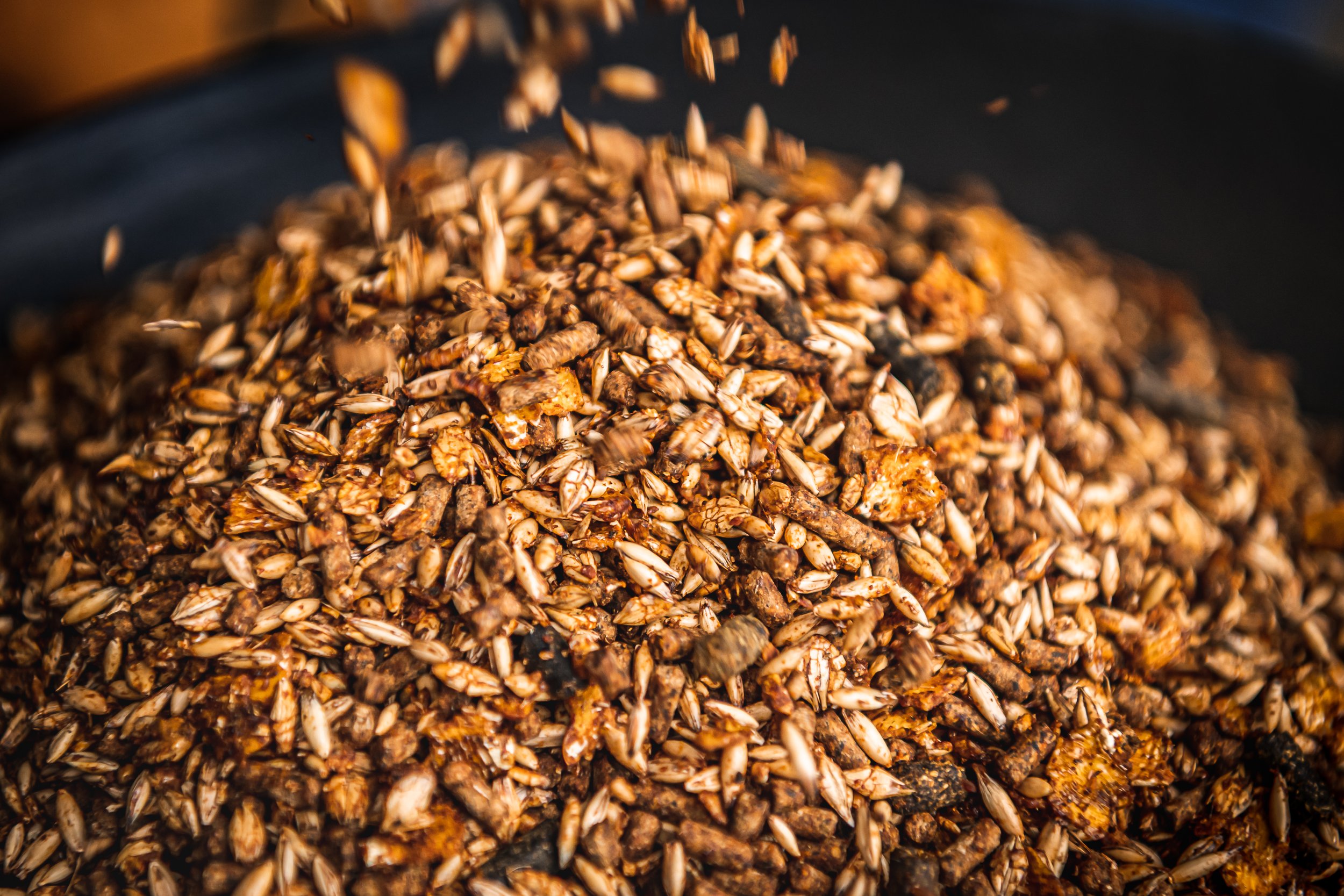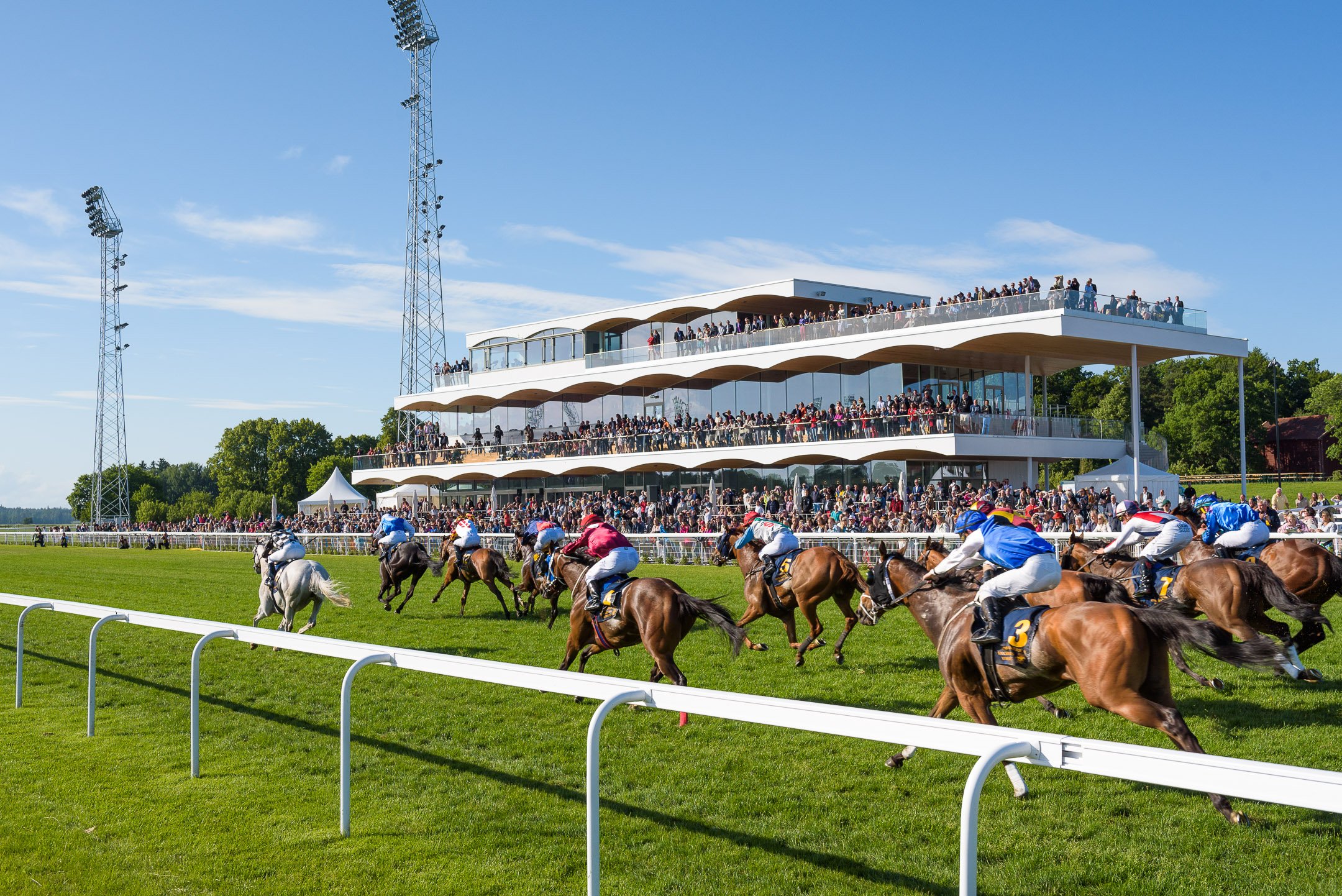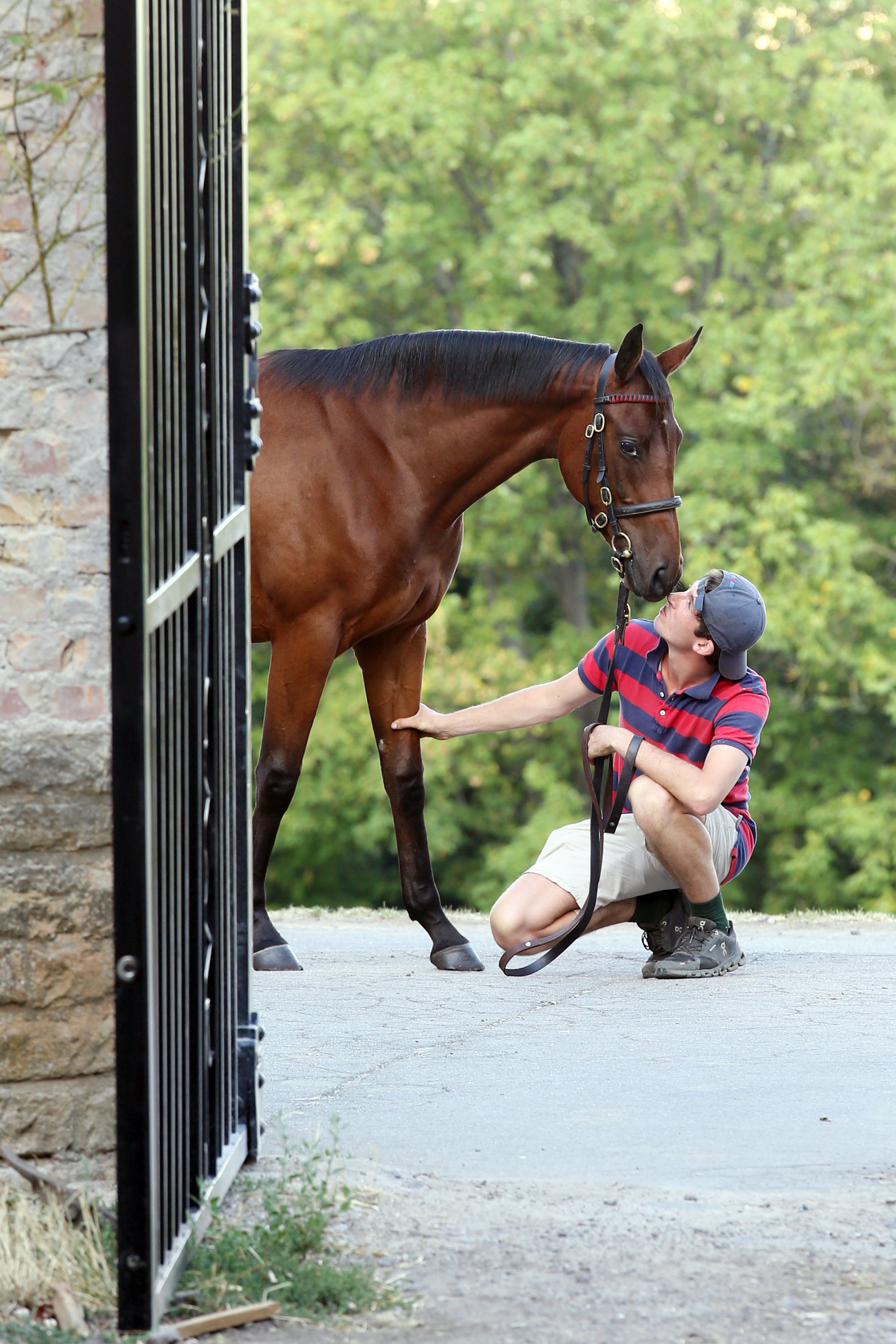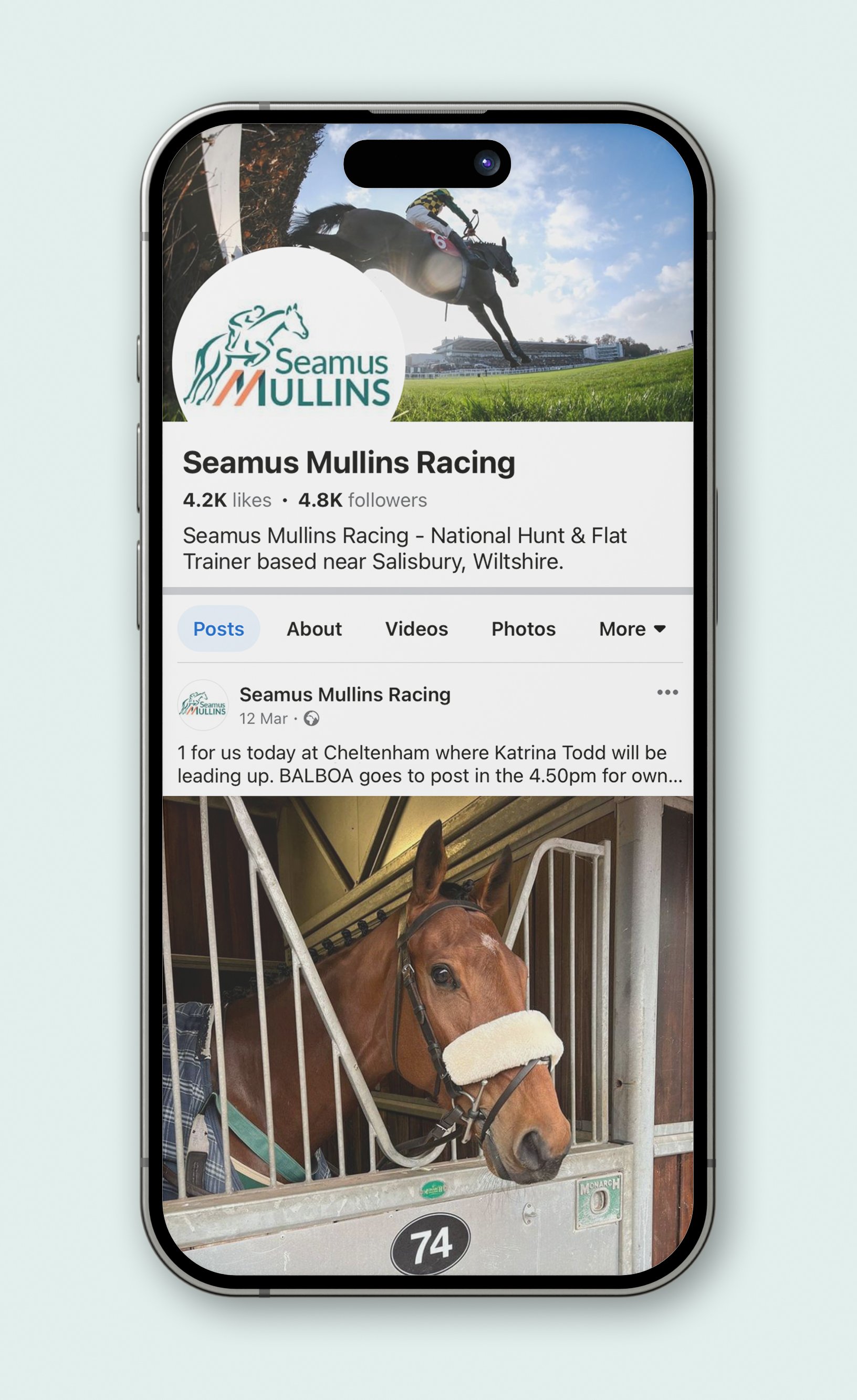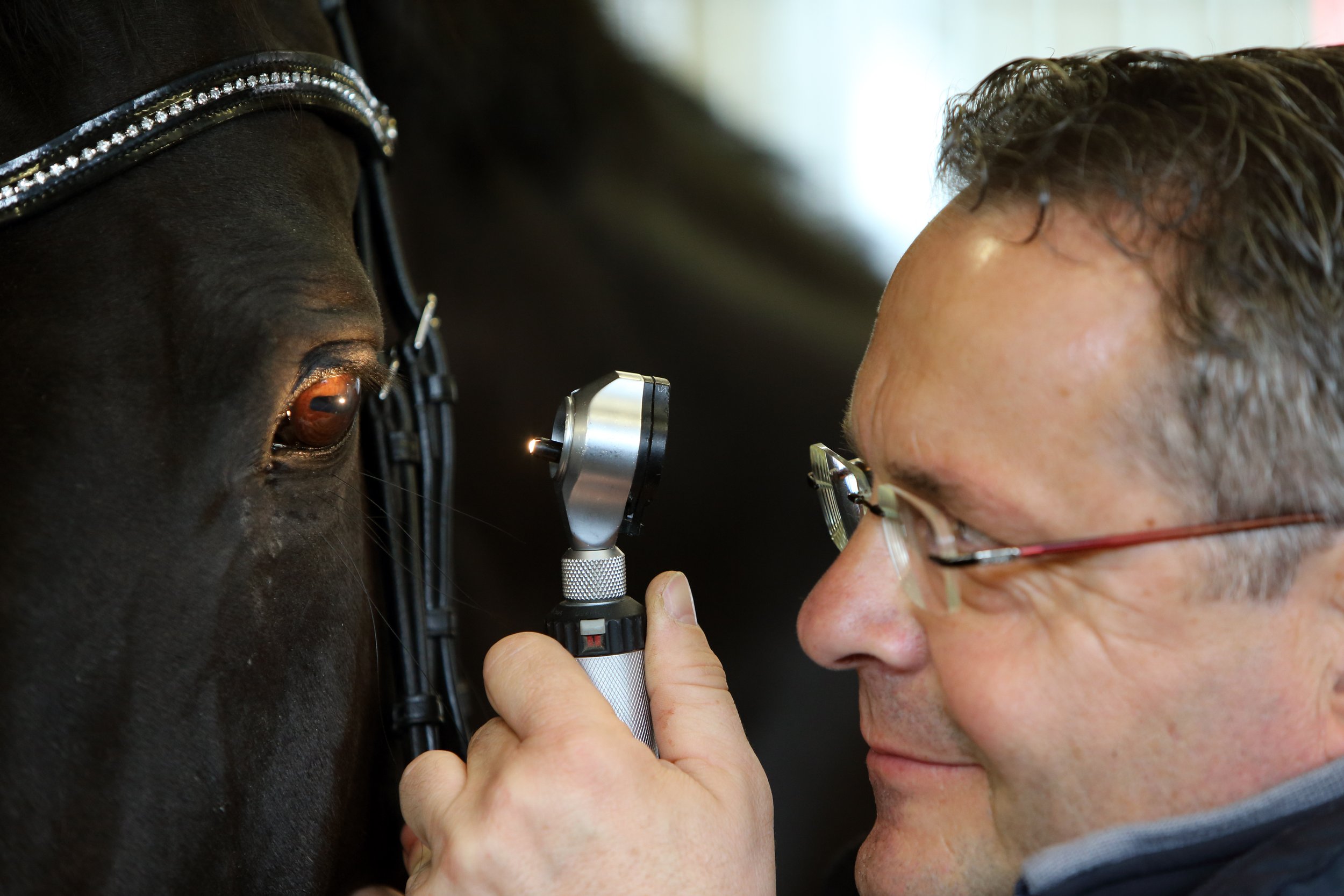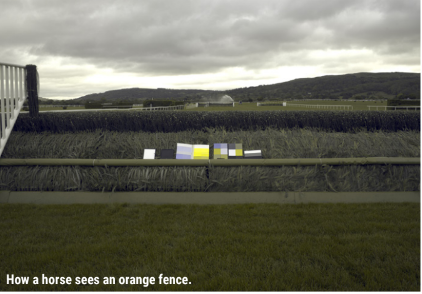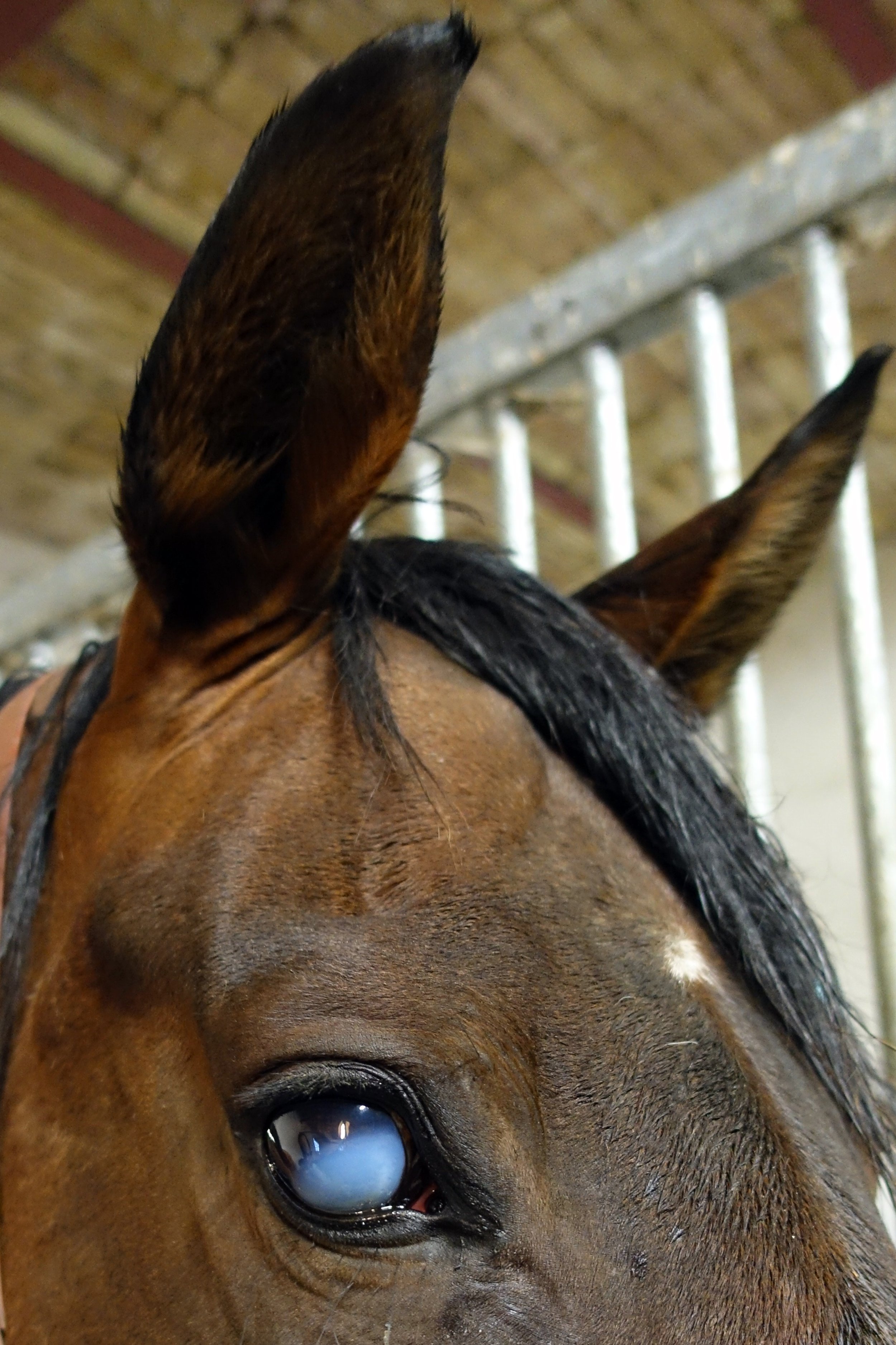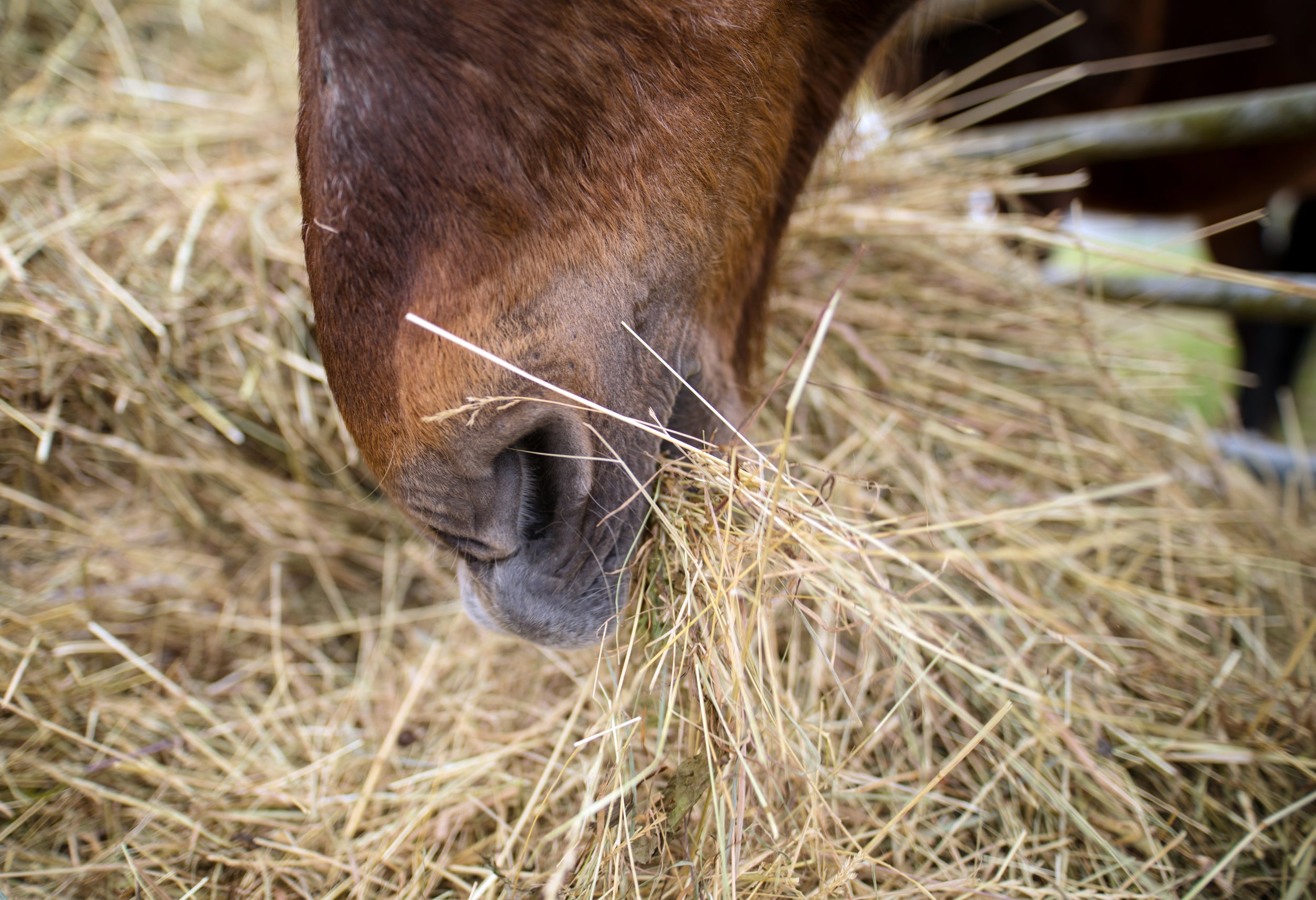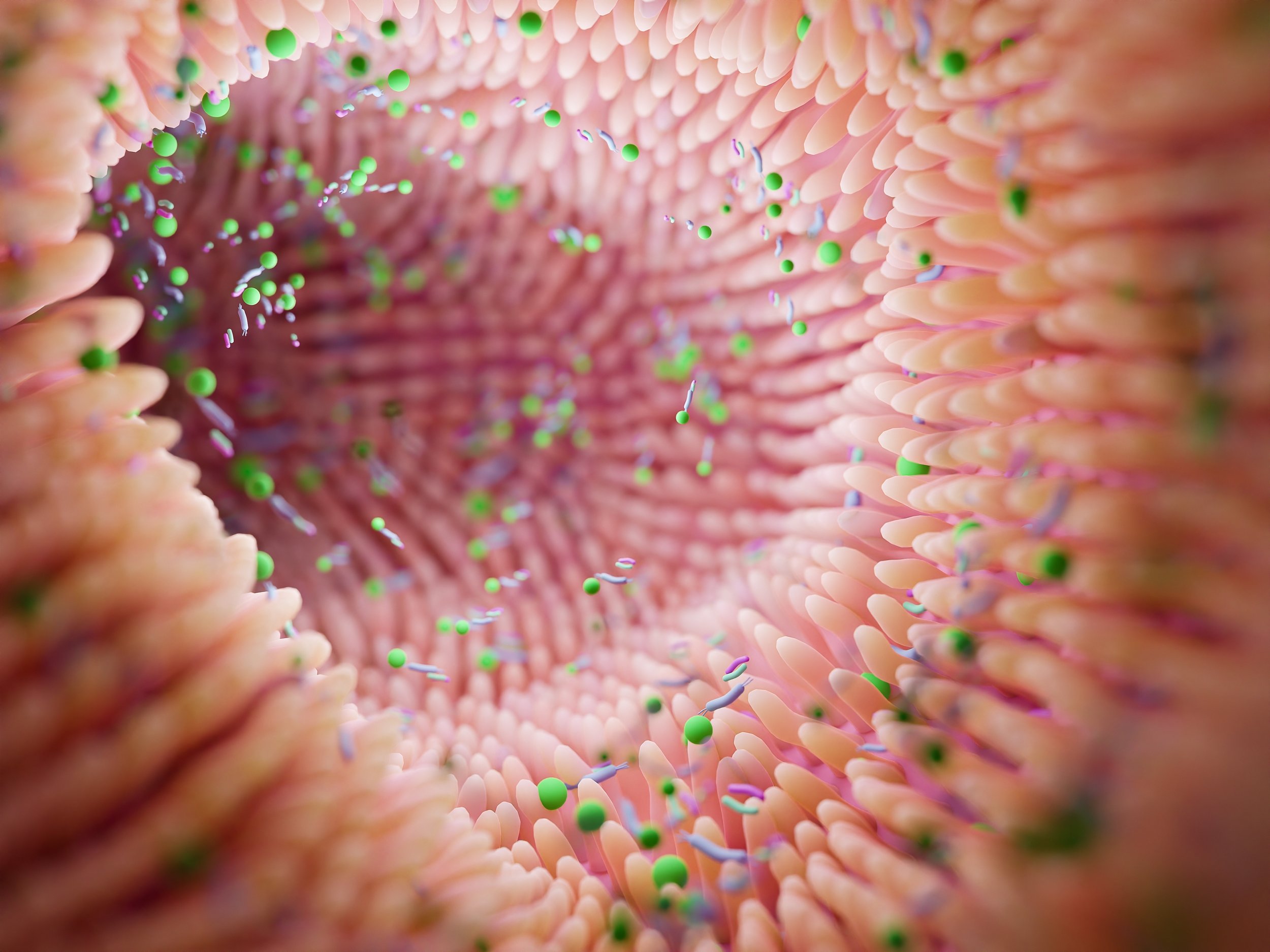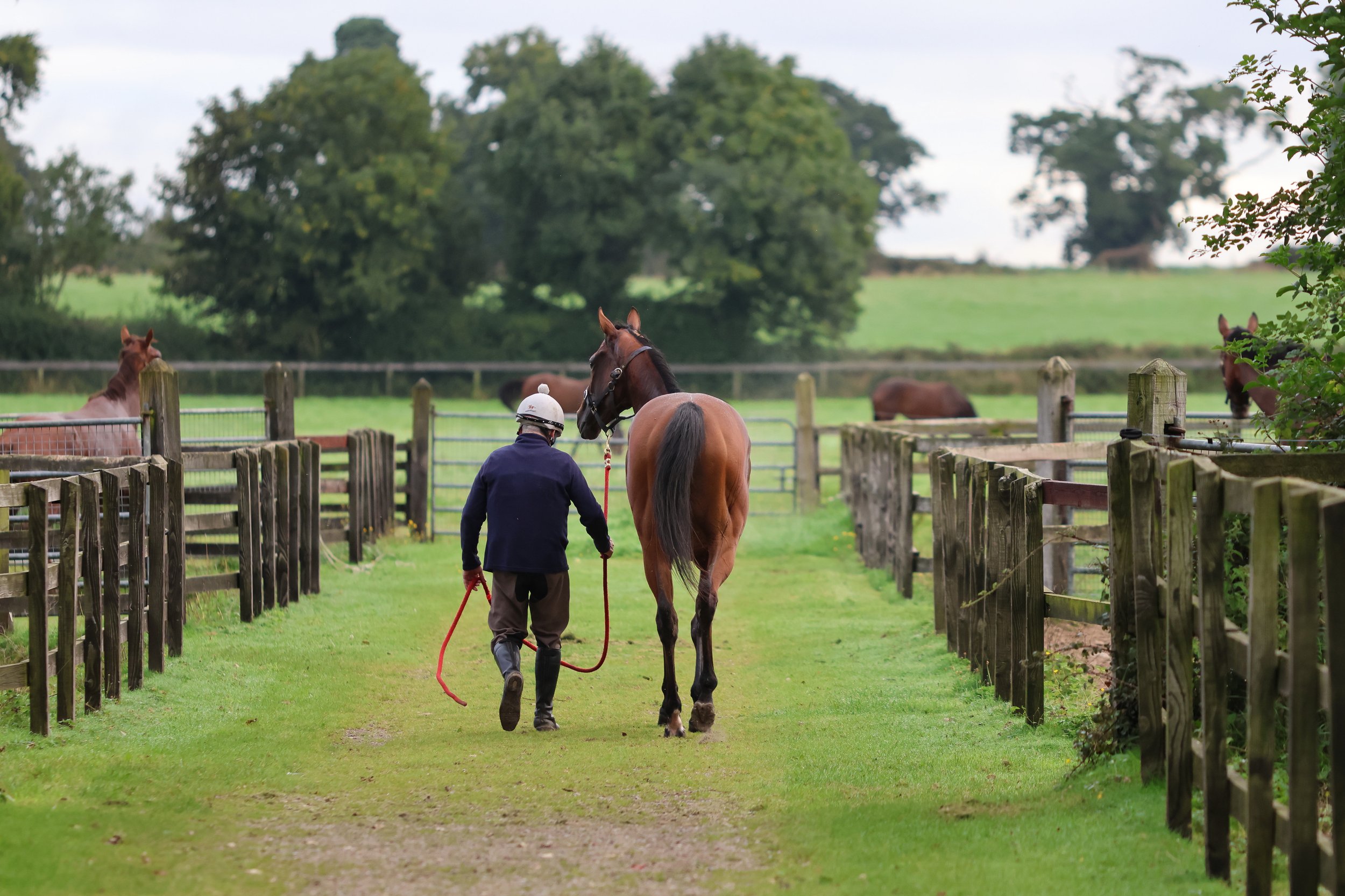The Botti family dynasty
/When passion and high commitment meet family unity, the potential to build an empire emerges. For generations, the Botti family has been a pillar in the world of Italian horse racing, where a passion for horses is passed down through a deeply rooted family heritage. The blood ties among family members have not only strengthened their personal unity but have also solidified their commitment to the Italian racing world. Two brothers, born and raised in the stables of San Siro, have become mentors to their children, instilling in them the same unconditional love for horses and competition. The story of the Botti family is not just a tale of success and trophies; it is also a profound expression of family dedication and shared passion that continues through the generations.
The racing traditions of the Botti family can be traced back to around 1860, deeply embedded in their maternal lineage with the first English settlers in Pisa, heralding a longstanding equine legacy.
Edmondo Botti, the patriarch, first made a name for himself as a steeplechase jockey before transitioning into a revered trainer. His sons, Alduino and Giuseppe Botti, inherited this fervent passion for horse racing. Giuseppe initially pursued a career as a steeplechase jockey, while Alduino excelled as a flat race jockey, quickly making a mark by winning Group 1 races.
Tragedy struck when their father, Edmondo, died in a road accident while returning from the races in Livorno. This pivotal moment deeply affected both brothers, who, encouraged by the owners of the stables their father had trained at, decided to step into their father’s shoes as trainers. This decision marked the beginning of a new era for the Botti family, as they combined their inherited skills and passion to build on the legacy left by their father.
In 1971, the Botti brothers started their training career in the San Siro training centre. From the outset of their careers as trainers, they quickly achieved notable success; by 1973, they had won their first Italian trainers' championship. From that point onwards, they have been a dominant force in the Italian horse racing scene, missing the top spot in only two out of forty-nine championships.
All the horses under their care were and in part still are trained at the Trenno tracks, part of the San Siro training centre, where they employ a personalised approach tailored to the needs of each horse. This customised training methodology ensured that each horse could achieve its full potential.
Reflecting on the dedication required for such success, Alduino Botti shared, "I must be honest, we always gave it our all. We knew neither holidays or festivals and always strived to work hard and learn new things." He further illustrated his commitment to excellence through a personal anecdote involving Sirlad, a horse that won multiple Group races, "Back when [Trainer] Benetti was working with Sirlad at the stables in San Siro, I made it a point to attend all the training sessions to understand how he managed the horse, so that I could understand what type of training required a horse like that”.
The Botti brothers' methodology was also significantly influenced by their international experiences. They regularly attended and purchased at the sales in the UK, Ireland, and Kentucky, which allowed them in the mornings to observe and learn from foreign training methods, "We woke up early and watched how other stables operated, observing their work routines and how long the horses were trained outdoors." This exposure was crucial. Although Italian tracks were not conducive to the type of training prevalent in England, the exposure and inspiration from abroad had a significant impact on their method. In fact, the iconic Warren Hill track at Newmarket has inspired the design of their new track in their training centre in Cenaia, in Tuscany.
The improvement in results and the champions they have trained, such as Ramonti, Miss Gris, Val d'Erica, Maria Welaska, My Top, and Crackerjack King, not only reaffirmed the Botti brothers' prowess in horse training but also paved the way for them to venture into breeding. "Breeding has always been my passion," Alduino remarks. The decision to start breeding was a natural progression, using mares that they had previously trained. "Having trained them, you know exactly their strengths and weaknesses, which helps in choosing the right crosses," Alduino explains.
The expansion into breeding initially led the Botti brothers to acquire an ex-breeding farm in Cenaia. Originally dedicated to raising their mares and foals, Giuseppe, after a thorough study of the ground and geographical location, had the insight to build an uphill training track there. The facility was first transformed into a pre-training centre. Later, Stefano, Alduino's son, decided to establish his training operations there, and it has since become one of the premier private training centres in Italy. As for the breeding operations, the brothers later purchased another site which continues to serve as their breeding farm, known as "Razza del Velino."
This strategic expansion reflects the Botti family's deep commitment to excellence in both training and breeding, positioning them as key figures in the Italian and international racing scenes.
The Botti family’s passion for horse racing spans generations, with each member continuing to honour and expand upon their rich heritage. Alduino's sons, Marco and Stefano, and Giuseppe's sons, Alessandro and Edmondo, have all embraced their forebears' calling in the world of horse racing.
MARCO
Marco began his career as an apprentice but had to step away due to weight restrictions. He then joined his father at their stable in Milan as an assistant. Seeking to expand his horizons, Marco moved to Newmarket, to work under trainers Luca Cumani and Ed Dunlop, and was also part of the prestigious Godolphin team. These experiences deeply influenced his training style, leading Marco and his wife Lucie to establish their own training facility, "Prestige Place," in the UK. Adapting to British racing conditions was essential, and Marco's time in Newmarket was crucial. Despite the physical distance from Italy, Marco maintains strong ties with his family. He underscores the strength of these bonds, stating, "Distance has strengthened our union. I often attend sales to purchase horses for my brother Stefano. We frequently exchange advice and, with the owners' consent, decide whether a horse is better suited to race in England or Italy."
This strategic collaboration recently led to the success of Folgaria, an unbeaten Italian mare brought to the UK by Marco, who continued her victorious streak by winning the Gp.3 (Fred Darling) Dubai Duty Free Stakes. The enduring bond between Marco and Stefano not only highlights their personal connection but also enhances their professional successes, underlining the strength of family ties in achieving shared goals.
STEFANO
"Ever since I was a child, I have followed every step of my father; horses have always been part of my daily life," Stefano Botti reminisces. By the age of 16, he had obtained his amateur jockey licence and began dominating the field, winning the championship for 15 consecutive years from his second year. His deep involvement in studying races, programs and following training sessions not only fueled his passion but also equipped him for a successful transition to training. During winters, Stefano would relocate to Tuscany to join his father and uncle's stable until he finally settled permanently in Cenaia. Initially, Cenaia served as a pre-training centre where Stefano trained the foals that were later prepared at San Siro.
Over time, the centre expanded significantly, adding two uphill training tracks, one 800-metre woodchip and a 1000-metre all-weather track. This development significantly altered the family’s training approach. "It used to seem that without Milan or Rome, training a horse was difficult, especially without grass tracks. But since moving here, things have turned around. I've trained top horses like Ramonti, achieving third in a Group 1 race in Hong Kong," Stefano explains. The uphill tracks are particularly beneficial for preparing young horses by reducing strain on their forelimbs and enhancing their hindquarters, which Stefano notes makes them nearly always ready at debut. Today, Cenaia is home to about 125 horses, with plans to expand. This innovative approach has led to numerous successes, including wins abroad, such as the Derby in Qatar.
Stefano's relationship with his father remains a cornerstone of his career, "My father is my role model, many of my successes are due to his teachings," reflecting the ongoing collaboration between the San Siro and Cenaia stables towards a unified strategy.
ALESSANDRO
Alessandro Botti embraced his equestrian calling from an early age. Although his initial stint as a jockey was short-lived due to weight constraints, he didn't stray far from the racetrack, choosing instead to work alongside his father and uncle in the family stables. Driven by a spirit of adventure and a desire for new challenges, Alessandro made the bold decision to relocate and establish his training career in France. "It wasn't easy because I lacked nothing at home, but I've always thrived on competition, and this desire pushed me to explore new horizons," he explains.
Today, Alessandro runs a stable in Chantilly, managing approximately 70 horses with the help of his wife. Together, they have celebrated numerous triumphs, accumulating around 500 wins. Alessandro’s future seems firmly rooted in France, a country where he has found both success and satisfaction.
Edmondo
Edmondo has been passionate about horse racing from a young age, famously stating, "I grew up on bread and horses." He began his career as a flat race jockey in 1989 and quickly made his mark by winning his first championship in 1992. After a brief retirement in 2000, his love for the sport reignited, leading to a triumphant return in 2003 where he claimed victories at both the Italian Derby and the Parioli, and rode notable horses like Electrocutionist and Ramonti.
In 2008, Edmondo transitioned to training, partnering with his wife Cristiana Brivio to manage their stable in San Rossore. Together, they've enjoyed significant success, training approximately 130 horses and consistently winning important races both in Italy and internationally. Committed to their enchanting training grounds, Edmondo continues to cherish the Italian racing life, saying, "We train in a magical place, and it would be a shame to give it all up."
THE BOTTI BROTHERS TODAY
Today, the Botti brothers continue to make significant contributions to the world of horse racing, each in their own unique way. Alduino remains actively involved in training at San Siro, working closely with his son Stefano to maintain and enhance their training operations.
Together, they form a dynamic team, perpetuating the Botti family's legacy of excellence in horse racing. Meanwhile, Giuseppe has transitioned his focus towards a more social and political role within the industry.
Faced with the challenges currently besetting Italian horse racing, Giuseppe has voiced his commitment to revitalising the sport that has given him so much. "I want to contribute by giving a new face to Italian horse racing, which has given me everything. Now it's my turn to give back," he declares.
Having lived through and witnessed the transformation of Italian horse racing across various generations as trainers, breeders, and owners, both brothers are acutely aware of the sport’s current crisis. "It pains me to see the state of racing today, remembering a time when there was much more passion" Alduino reflects. The decline in public interest has led to decreased national investment, resulting in the closure of many racetracks and a troubling downturn in breeding. "We decided to increase our breeding activities, reaching a high number of broodmares, but the industry’s decline is forcing us to cut back" Alduino adds, highlighting a severe issue that could impact Italy's future international prominence in racing.
Giuseppe, despite recognising the dire situation, feels a duty to contribute to a revival of the sport that can inject new vitality. "We must not surrender to this situation; we need to stay current as trends change, but we must also draw people back to the races," he asserts. Emphasising the importance of shifting the narrative from betting to promoting the sport and the passion surrounding horse racing, Giuseppe suggests, "Race tracks should become city theatres, places of community gathering for individuals and families."
Faced with the challenges currently besetting Italian horse racing, Giuseppe has voiced his commitment to revitalising the sport that has given him so much. "I want to contribute by giving a new face to Italian horse racing, which has given me everything. Now it's my turn to give back," he declares. To this end, he serves as vice president of the "Final Furlong" association, which aims to promote horse racing on a national scale. This organisation focuses on more socially conscious initiatives, such as the rehabilitation of retired racehorses for integration into Italian equestrian tourism and engaging schools to introduce young people to the marvels of horse racing. Moreover, Giuseppe stresses the need to "engage young people by introducing school opportunities that can lead them to appreciate horse racing and, perhaps, make it a part of their future."
Another concerning issue for the brothers is the decreased Italian participation on the international horse racing scene. Both recognise the necessity to reassert Italy and especially its races as a point of interest for other countries. "Competing with others strengthens us; it not only helps our ratings but also allows us to gauge the level of our horse racing and how we can improve" says Giuseppe.
Both brothers hope for a turnaround and improvement in the industry, emphasising the need for strong commitment from everyone involved, breeders, trainers, and owners, to achieve this goal.
This narrative captures the essence of a family whose life and soul are entwined with the sport of horse racing, making it their life's work and passion. The Botti family has not only excelled in the field but has also passed down a love for the sport through generations. The future looks promising as the passion for horse racing seems to be a lasting trait in the family.
Marco, Stefano, Edmondo, and Alessandro's children also exhibit a keen interest in continuing the family tradition. Thus, the legacy of the Botti family is far from reaching its final chapter, with more stories yet to unfold in the racing world.



